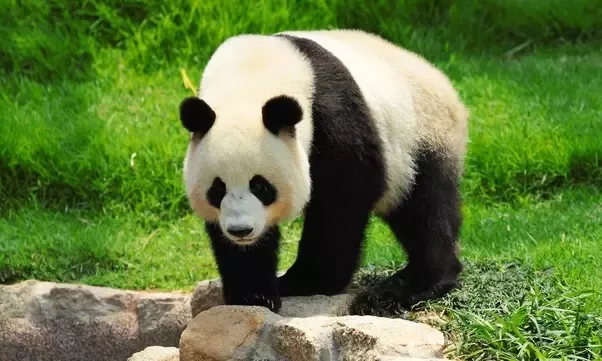Tiny jewels with wings – that would describe sunbirds perfectly. As the bird flies busily, dipping its long, down-curved beak deep into the flowers to suck at the nectar, its feathers glint with a metallic sheen when the light catches it. The amazing thing is that tiny though it is (measuring 10-12 cm), you can count a number of colors – crimson, green, orange, blue, scarlet, yellow and mauve – in a single bird! And it is only the males which sport these colours. The females are generally drab olive green or dull brown. The males are bigger and have longer tails. Sunbirds are distantly related to honeyeaters and hummingbirds. They have the same habit of hovering before a flower, their wings a blur of movement. Sometimes they hang upside-down, pushing their tube-like furry tongues into the centre of flowers which are trumpet-shaped or bell-shaped.
Nests are small, delicate cups, constructed mostly of cobwebs with a few strands of dried grass thrown in. Up to four tiny eggs are laid. Both male and female take turns in feeding the young.
There are 12 species of sunbirds in India and the commonest is the purple sunbird.
Picture Credit: Google

